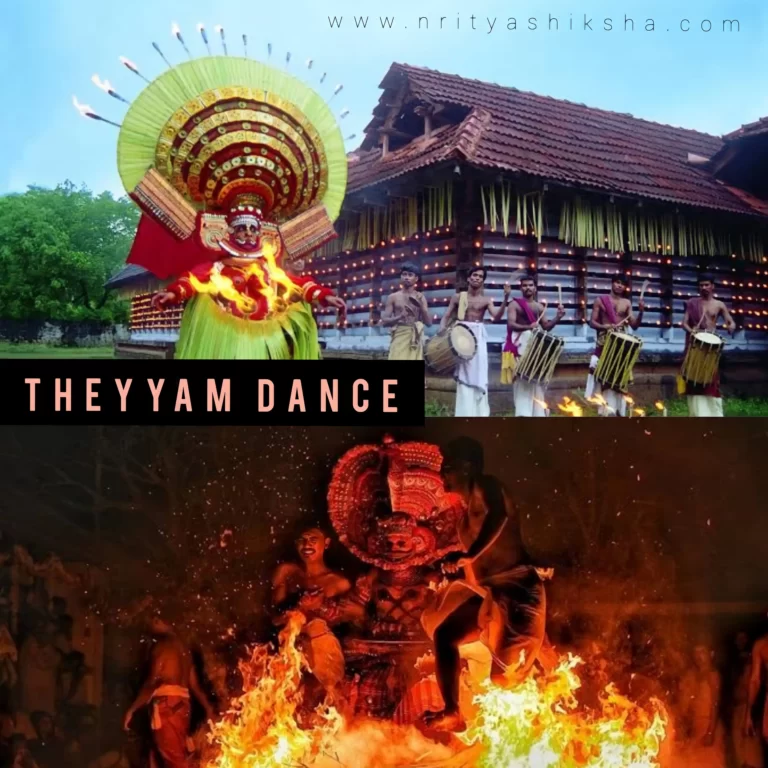Chu Faat dance is a beautiful Sikkim folk dance.
Introduction of Chu Faat dance
Chu Faat dance is a beautiful Sikkim folk dance. The Lepcha group performs this dance at the Pang Lhabsol festival. Chu means snowy mountain and Faat means worship. Therefore, it means worshiping snow-capped mountainsThis happens on the 15th day of the seventh month.
Sikkim, a land of breathtaking beauty and rich traditions, is home to various tribes and communities. Among them, the Lepcha tribe stands out with its vibrant culture and unique folk dances. One such dance that holds deep significance for the Lepcha people is the Chu Faat dance. This ancient dance form is a ritualistic worship of the snow-clad mountains that surround their land.
In this article, we will delve into the mesmerizing world of Chu Faat dance, exploring its origins, symbolism, and the captivating performances that accompany it.
Exploring the Beauty of Sikkim’s Folk Dances
Sikkim is a beautiful country. From beautiful white peaks to lush forests, Sikkim’s every season is breathtaking. But Sikkim has more than just beauty. Its rich traditions and heritage will leave you in awe. Watching these dancers is an act of kindness.
Different ethnic groups living in Sikkim have brought different colors to this beautiful country. Every community has its own beautiful traditions. For real enjoyment, you must witness the beautiful performance of folk dances. Most communities have different dances.
Sikkim is truly a treasure trove of folk dances, each reflecting the unique traditions and beliefs of different communities. The Lu Khangthamo dance, performed on occasions like house-warming and New Year celebrations, expresses gratitude towards the gods and deities. Maruni, a colorful dance performed during weddings, is one of the oldest and most beloved Nepalese dance forms. Rechungma, Limboo, Mask Dance, Yak Chaam, Singhi Chaam, Tamang Selo, Gha to Kito, and Chi Rimu are just a few more examples of the diverse folk dances of Sikkim.
Lepcha Tribe of Sikkim
The Lepcha tribe is one of the oldest tribes to have lived in Sikkim.The Chu Faat dance is their way of paying homage to the majestic mountain.
Chu Faat Dance Performance
Chu Faat Dance is performed faithfully by Lepchas. You will move with passion and surrender to the gods of dancers. It is done in the good time of Pang Lhabsol. Pang Lhabsol festival is a day of thanksgiving.
Against the background of devotional songs, Chu Faat dancers worship nature.
Kangchenjunga is the highest peak in Sikkim and has famous names like Mount Kaburu, Simbrum, Panding and Nasing. The Lepcha people worship these five mountains through the Chu Faat dance. They thank the mountains for providing them with food, salt, medicine, food, and scriptures.
Props Used in Chu Faat Dance
Oil lamps and bamboo bundles are props for the Chu Faat dance.
These objects symbolize the mountain’s gift and pray that the mountain will bless the land of Sikkim. They also enhance the beauty of the dancer.
Watch a group of beautiful dancers spin batteries and green bamboo balls during the Chu Faat dance. They surround the stage in beautiful costumes.
Mountain Prayer
You can see Lepcha dance in the market in Sikkim.
Bazaars are places where you can find all kinds of exotic things together. If you want to see how people adore the scenery by dancing, visit Sikkim during the markets and festivals.
Chu Faat dance is a special type of dance of the Lepcha tribe. Witnessing will be a once-in-a-lifetime experience for you. Where are the people who worship the mountain and dance on the green bamboo oil lamp?
Conclusion
The Chu Faat dance is a mesmerizing blend of art, ritual, and devotion. It is a testament to the deep connection between the Lepcha tribe and the mountains that surround their land. As the dancers gracefully move and pay homage to the mountains, they carry forward the traditions and beliefs of their ancestors. Witnessing the Chu Faat dance and exploring Sikkim’s other folk dances is a truly enchanting experience that allows us to appreciate the beauty and diversity of this captivating land.


